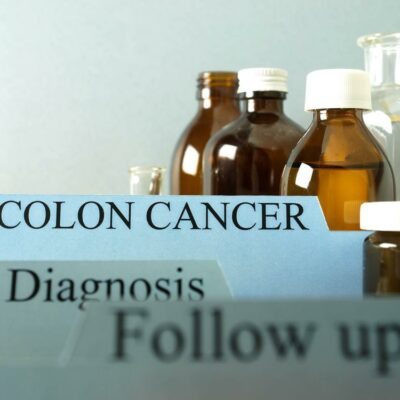
Health
Treatment Options for Pulmonary Arterial Hypertension
Pulmonary arterial hypertension (or PAH) is classified as a rare, progressive disorder marked by a buildup of hypertension (or high blood pressure) in the arteries of the pulmonary arteries (or blood vessels within the lungs). The onset of pulmonary arterial hypertension (PAH) affects each person differently. Therefore, any treatment plan needs to be tailored according to the patient’s specific needs. You must consult with your doctor to get proper diagnosis and discuss the following treatment options: 1. Initial measures To start with, the doctor will treat the cause of PAH. For instance, if PAH is being caused by emphysema, then the doctor will treat it to alleviate pulmonary hypertension. Since this condition affects your breathing, many patients opt for treatment that improves breathing. This enables them to be more active and undertake daily chores easily. You can opt for oxygen therapy, wherein pure oxygen is inhaled to compensate for its low levels in your blood. If you are at risk of developing blood clots, blood thinners may be prescribed to improve the functioning of your heart and prevent fluid build-up in your body. 2. Intensive measures If you suffer from a severe case of PAH, medications in the form of calcium channel blockers may be prescribed.
Read More 















